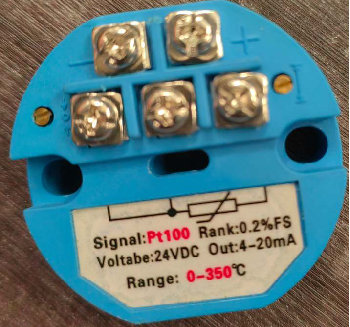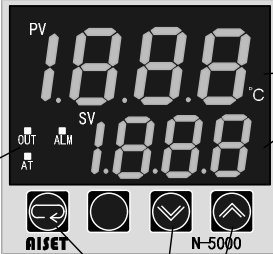WhatsApp: +86-185-5601-8866
Heating Equipment
News

2024-04-02
In the field of modern industrial automation, the diversified application of remote signals has become the key to achieve efficient and flexible production. Different communication methods play an important role in their respective fields, bringing greater flexibility and reliability to industrial control systems. In this article, Sinton will reveal the diversified applications of teletransmission signals for you.
1.DCS (Distributed control system) :
DCS control system full name: "distributed control system", is a centralized control system controlled by the owner's central control room, for us, the central control room needs to control the heater, which means that not only our own equipped operating cabinets can be equipped with heaters, but also DCS control heaters. We need to provide start signals, passive running signals, passive abnormal alarm signals, etc...
The need for this function requires the selection of intermediate relays, auxiliary contacts and terminal blocks, knobs and indicators, and the volume of the cabinet is also increased.
Distributed control systems (DCS) are a in industrial automation and are unique in that the control system is distributed throughout the production process. This distributed approach not only improves the flexibility of the system, but also makes monitoring and control of large-scale plants more efficient. The application of DCS makes the production process easier to optimize, monitor and maintain.
2. Temperature analog output:
Our commonly used temperature specifications:
A. Thermocouple, index number is K;
B. The thermal resistance and index number are PT100;
The customer needs the central control room to see the temperature of the on-site heater, docking the signal, and the only function is to output the signal.
Signal classification specifications:
A.4-20mA
B.0-10V
C.0-5V
In the state without the control cabinet, so this has our commonly used transmitter.
For example, transfer from K to 4-20mA for PT100 to 4-20mA
If equipped with a control cabinet, we can choose a special temperature control instrument with transmission.
 |
 |
Temperature analog output plays an important role in the sensor signal in industrial control. The analog signal obtained by measuring a physical quantity, such as temperature, is expressed in the form of voltage or current. This analog output provides engineers with real-time and accurate data, making it possible to precisely control temperature changes during production.
3.RS232, RS485 and PPI/MP:
RS232, RS485 and PPI/MP refers to a communication mode that communicates according to different protocols.
Objective: Read temperature, write temperature.

The serial communication protocols RS232 and RS485 play a key role in data transmission between devices. RS232 is suitable for short distance communication, while RS485 is suitable for long distance and multi-point communication. The flexibility and reliability of both make them ideal for data exchange between various devices, including in industrial automation systems.
PPI and MPI are widely used communication protocols for point-to-point and multipoint communications, respectively. The use of this protocol simplifies the connection and communication between devices, and provides engineers with more convenient programming and monitoring means.
4Ethernet bus (IP) :
Ethernet bus (IP) is an important part of modern industrial control system because of its high bandwidth and flexibility. Through the TCP/IP protocol stack, Ethernet not only realizes high-speed communication between devices, but also provides advanced solutions for remote monitoring and control. Industrial automation systems are able to share information in real time over the network, enabling more efficient production processes.
In the world of remote signals, these communication modes have their own characteristics, providing complete solutions for the diverse needs of industrial control systems. By integrating these communication methods, engineers can better enable devices to work together and push industrial automation to the next level.
Looking For Business Opportunity?
Request for a call today

WhatsApp: +86-185-5601-8866
Tel: +86-185-5601-8866
E-mail: [email protected]
Address: Sinton Building, No. 886 Yandu Road, Yandu District, Yancheng City, Jiangsu Province
Friendly Link: www.cn-lvdao.com
Products
Message